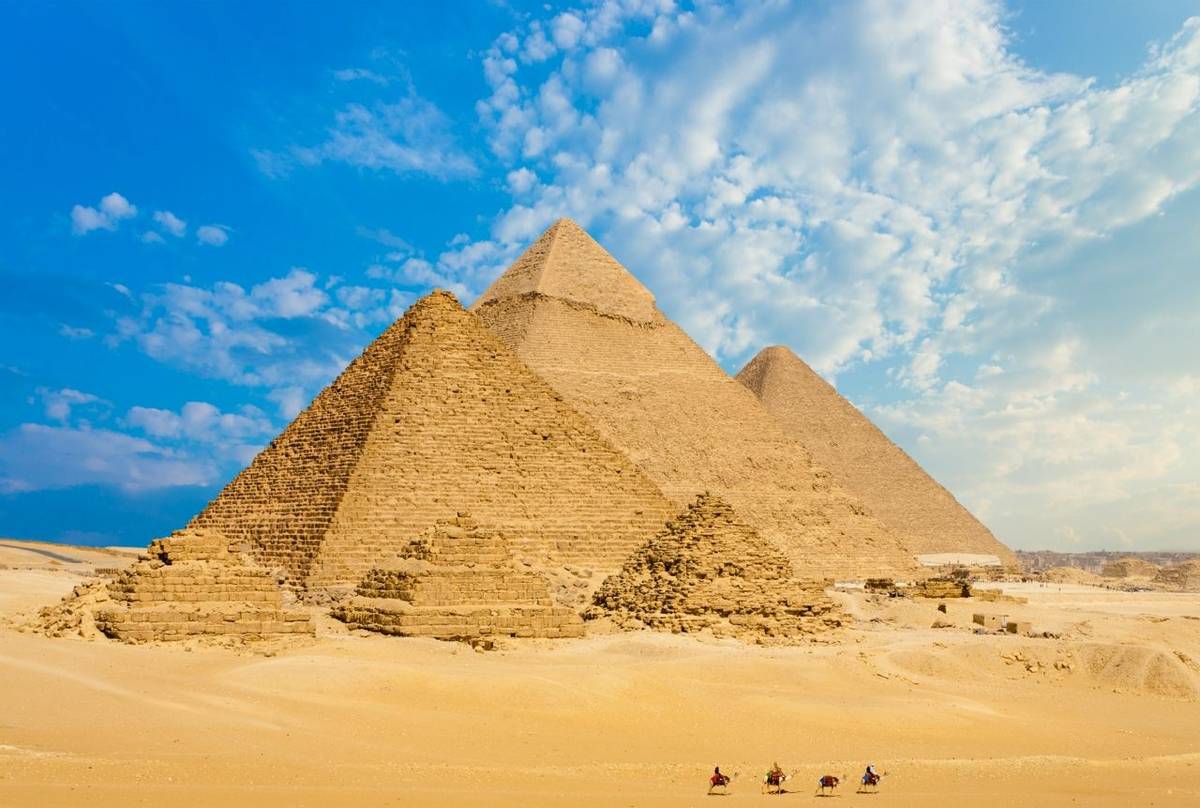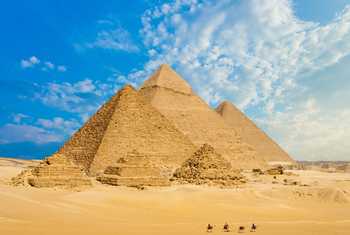
Tour Itinerary and Reports
Can I help you?
Egypt - Birds & History
Tour Code: EGY01An 14-day journey from Cairo to Aswan, along the River Nile, combining the major sites of both archaeological and ornithological interest.
Highlights
Tour Itinerary and Reports
Can I help you?
Quick Enquiry
Summary
This exciting tour combines birdwatching with visits to Egypt’s most famous archaeological sites. In Cairo we visit the Pyramids at Giza, the Sphinx and the Egyptian Museum, followed by a few days at Fayoum Oasis on the edge of the desert. At Abu Simbel we’ll enjoy great birdwatching at Lake Nasser and the Aswan Dam, as well as the Temples of Abu Simbel, and finally at Luxor we visit Karnak Temple, the Valley of the Kings (and Queens) and the Temple of Luxor, amongst other sites.
- Visit Cairo’s Museum, the Pyramids at Giza and the Sphinx
- Explore the Valley of the Kings (and Queens)
- Visit the Temples of Karnak, Luxor and Abu Simbel
- Relax on a boat journey down the Nile
- Enjoy great birdwatching along the Nile valley
- Learn from our expert guides and tour leader
Grading
Easy birdwatching walks (the optional horse riding may be more strenuous!).
A phenomenal 6,000 years of recorded history, and a prime position on the avian migration route between Africa and Europe, combine to make Egypt one of the most exciting destinations for birdwatchers with an appreciation of the past. Nurtured by the life-giving waters of the river, one of the greatest civilisations ever to inhabit the earth developed along the Nile Valley leaving, as monuments to their existence, countless temples, pyramids and artefacts which today are numbered among the greatest historical sites in the world. Three continents exert their respective influences on a remarkably diverse avifauna, which is enriched and enhanced by the seasonal movements of migrants using the country as a staging post for longer journeys. By February and March winter visitors and early migrants may be observed alongside the resident ‘specialities’s and with cooler weather conditions, this is an excellent time for birdwatching. As we travel along the River Nile we will be visiting many of the best birding localities in Egypt but this is a tour which also pays homage to world famous antiquities including the Pyramids, Abu Simbel, Aswan and Luxor.
We begin our tour in Cairo, the largest city in Africa. Here we will visit the Giza Pyramids and the nearby Sphinx, which epitomise the reign of the Pharaohs. A further glimpse of ancient Egypt is provided in the fabulous Egyptian Museum, a cornucopia of ancient artefacts which includes the astounding treasures of Tutankhamun and masterpieces of early Egyptian bird art. After this splendid introduction to Egypt, we will then visit the wetland area around Fayoum for the next few days, as we search for Eastern Bonelli's Warbler, Senegal Coucal, Greater Hoopoe Lark, Cream Coloured Courser, White-winged Lapwing, White-headed Duck, Slender-billed Gull and many other water birds, enjoying wetland, field and desert habitats.
From here we return to Cairo then travel by rail to Aswan, where we'll explore some of the islands in the Nile, as well as visit the stunning Temple of Philae. Around the islands we may come across such species as Ferruginous Duck, Wood Sandpiper, White-throated Kingfisher, herons and possible Greater Painted Snipe.
We travel next to Abu Simbel, Egypt’s most southerly settlement, situated on the shores of Lake Nasser. Here the African influences in the birdlife are evident in the appearance of such species as Egyptian Goose, African Pied Wagtail and African Collared Dove but there will also be Palearctic migrants to look for in the lake-side gardens. A boat ride on Lake Nasser will enable us to explore the secluded inlets and islands thronged with waterbirds and waders, amongst which we could see Pink-backed Pelicans and Yellow-billed Storks, two wanderers from Africa which occur here. The magnificent Abu Simbel Temples, saved from the rising waters of the lake by being moved block by block to higher ground, will be the focus of an afternoon tour and, in the evening, we have the option to attend a spectacular sound and light show.
We travel next to Luxor, in the Nile Valley, enjoying a relaxing Dahabiya cruise for some slower paced travel, where a couple of nights on Crocodile Island should produce such species as Senegal Thick-knee, Purple Gallinule, Nile Valley Sunbird and Pied Kingfisher. On our first day in Luxor we will visit the beautiful Temple of Luxor and during our 2-day stay we will further enjoy the many spectacular sights of this former capital, steeped in six millennia of history. The Collosi of Memnon, Valleys of the Kings and Queens, and Karnak Temple will be unforgettable highlights to complement a fine selection of birds.
We return to Cairo, for a connecting flight to London, to conclude a memorable holiday to a country where ancient and modern worlds are inextricably linked, providing a unique background for some superlative birdwatching.
Outline Itinerary

What's Included?
- Flights
- Accommodation:
Comfortable tourist hotels with private facilities, with two nights aboard a Dahabiya, in en suite cabins.
- Food:
All breakfasts are included in the price, along with nine lunches and seven evening meals; other meals are at additional cost.
Why Naturetrek?
At Naturetrek we craft expertly-guided group and tailor-made wildlife holidays and cruises to all seven continents. On one of our holidays, you can be assured that our passionate team will enable you to experience and enjoy the best of the world's wildlife and natural spectacles in as comfortable and rewarding a manner as possible, caring as best we can for the environment in the process. We are proud to provide:
- The widest choice of wildlife holidays worldwide
- Tours managed and led by naturalists, for naturalists
- Outstanding value and exceptional customer service
Furthermore, as a Naturetrek client, our office team are always to on hand to help you – so if you have any queries about your holiday, whether before or after you have booked, we will be delighted to answer them on the phone. Please just give our team a call!

 Loading search...
Loading search...


